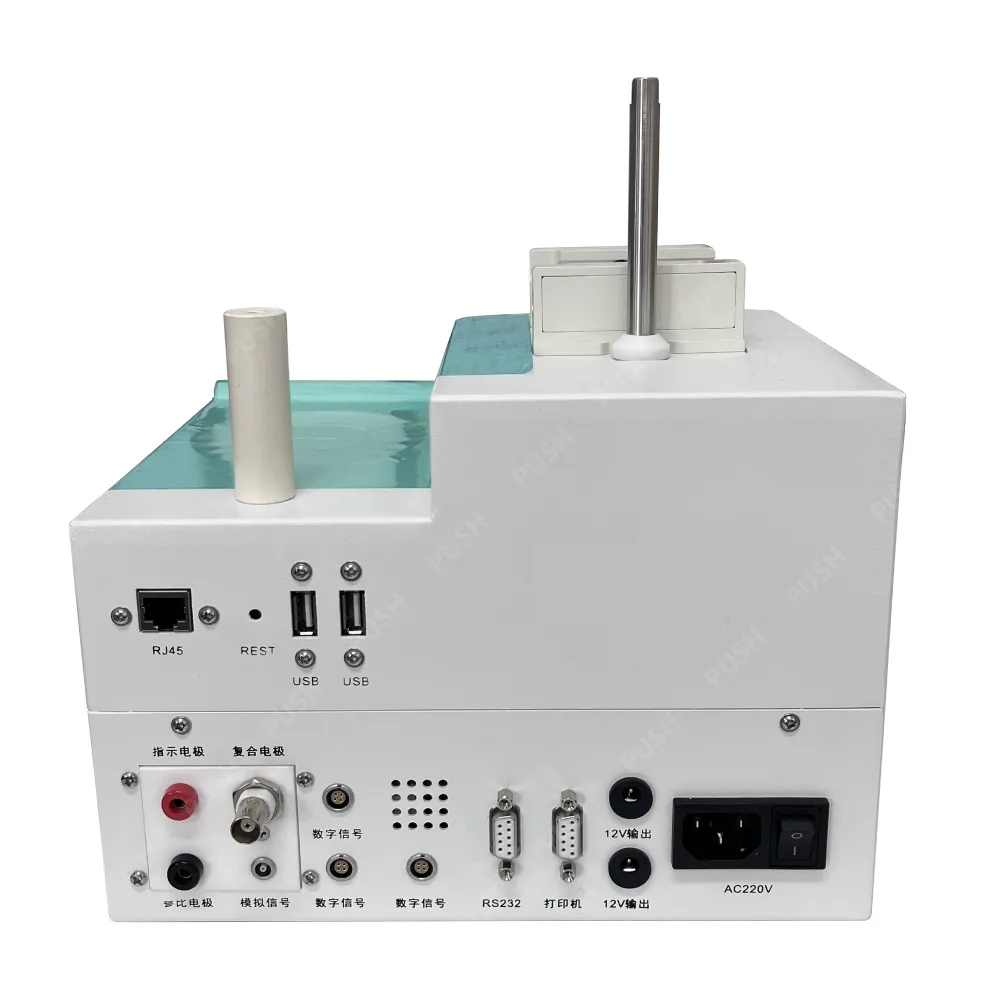TEL:
+86-0312-3189593
 English
English

Telephone:0312-3189593

Email:sales@oil-tester.com

-
 Afrikaans
Afrikaans -
 Albanian
Albanian -
 Amharic
Amharic -
 Arabic
Arabic -
 Armenian
Armenian -
 Azerbaijani
Azerbaijani -
 Basque
Basque -
 Belarusian
Belarusian -
 Bengali
Bengali -
 Bosnian
Bosnian -
 Bulgarian
Bulgarian -
 Catalan
Catalan -
 Cebuano
Cebuano -
 China
China -
 China (Taiwan)
China (Taiwan) -
 Corsican
Corsican -
 Croatian
Croatian -
 Czech
Czech -
 Danish
Danish -
 Dutch
Dutch -
 English
English -
 Esperanto
Esperanto -
 Estonian
Estonian -
 Finnish
Finnish -
 French
French -
 Frisian
Frisian -
 Galician
Galician -
 Georgian
Georgian -
 German
German -
 Greek
Greek -
 Gujarati
Gujarati -
 Haitian Creole
Haitian Creole -
 hausa
hausa -
 hawaiian
hawaiian -
 Hebrew
Hebrew -
 Hindi
Hindi -
 Miao
Miao -
 Hungarian
Hungarian -
 Icelandic
Icelandic -
 igbo
igbo -
 Indonesian
Indonesian -
 irish
irish -
 Italian
Italian -
 Japanese
Japanese -
 Javanese
Javanese -
 Kannada
Kannada -
 kazakh
kazakh -
 Khmer
Khmer -
 Rwandese
Rwandese -
 Korean
Korean -
 Kurdish
Kurdish -
 Kyrgyz
Kyrgyz -
 Lao
Lao -
 Latin
Latin -
 Latvian
Latvian -
 Lithuanian
Lithuanian -
 Luxembourgish
Luxembourgish -
 Macedonian
Macedonian -
 Malgashi
Malgashi -
 Malay
Malay -
 Malayalam
Malayalam -
 Maltese
Maltese -
 Maori
Maori -
 Marathi
Marathi -
 Mongolian
Mongolian -
 Myanmar
Myanmar -
 Nepali
Nepali -
 Norwegian
Norwegian -
 Norwegian
Norwegian -
 Occitan
Occitan -
 Pashto
Pashto -
 Persian
Persian -
 Polish
Polish -
 Portuguese
Portuguese -
 Punjabi
Punjabi -
 Romanian
Romanian -
 Russian
Russian -
 Samoan
Samoan -
 Scottish Gaelic
Scottish Gaelic -
 Serbian
Serbian -
 Sesotho
Sesotho -
 Shona
Shona -
 Sindhi
Sindhi -
 Sinhala
Sinhala -
 Slovak
Slovak -
 Slovenian
Slovenian -
 Somali
Somali -
 Spanish
Spanish -
 Sundanese
Sundanese -
 Swahili
Swahili -
 Swedish
Swedish -
 Tagalog
Tagalog -
 Tajik
Tajik -
 Tamil
Tamil -
 Tatar
Tatar -
 Telugu
Telugu -
 Thai
Thai -
 Turkish
Turkish -
 Turkmen
Turkmen -
 Ukrainian
Ukrainian -
 Urdu
Urdu -
 Uighur
Uighur -
 Uzbek
Uzbek -
 Vietnamese
Vietnamese -
 Welsh
Welsh -
 Bantu
Bantu -
 Yiddish
Yiddish -
 Yoruba
Yoruba -
 Zulu
Zulu
ян. . 09, 2025 10:51
Back to list
power quality analysis
Transformer oil analysis is an essential aspect of electrical asset management, playing a pivotal role in ensuring the longevity and reliability of transformers. With a deep-rooted presence in industries reliant on electricity, comprehensive oil analysis facilitates the early detection of potential faults, thus preventing costly downtime and catastrophic failures.
The narrative of experience further extends to trending analysis, where historical data from routine oil testing helps in predicting failures. By understanding trends in data points such as water content or breakdown voltage, businesses can optimize their maintenance strategies — deciding when to schedule interventions and replacements, thus extending the lifespan of their transformers. Professional expertise also highlights advancements in technology; utilizing online monitoring devices that continuously assess oil parameters constitutes the next step in predictive maintenance. These devices provide real-time data, improving decision-making processes and reducing the risks associated with sudden transformer failures. For companies considering transformer oil analysis as part of their asset management portfolio, trusting a seasoned vendor with a proven track record is crucial. Vendor’s expertise in equipment, methodology, and reporting should align with industry standards and regulatory requirements. Engaging with authoritative sources that offer white papers and case studies can further enhance understanding. Such documents, replete with real-world scenarios and solutions, reinforce the adoption of best practices in oil analysis. Through experiential learning, electrical professionals and asset managers understand that regular transformer oil analysis is not merely a maintenance task; it is a strategic decision influencing operational efficiency and reliability. Establishing a robust analysis schedule and adhering to expert recommendations ensures that transformers perform optimally, safeguarding infrastructure and investments for the long term.


The narrative of experience further extends to trending analysis, where historical data from routine oil testing helps in predicting failures. By understanding trends in data points such as water content or breakdown voltage, businesses can optimize their maintenance strategies — deciding when to schedule interventions and replacements, thus extending the lifespan of their transformers. Professional expertise also highlights advancements in technology; utilizing online monitoring devices that continuously assess oil parameters constitutes the next step in predictive maintenance. These devices provide real-time data, improving decision-making processes and reducing the risks associated with sudden transformer failures. For companies considering transformer oil analysis as part of their asset management portfolio, trusting a seasoned vendor with a proven track record is crucial. Vendor’s expertise in equipment, methodology, and reporting should align with industry standards and regulatory requirements. Engaging with authoritative sources that offer white papers and case studies can further enhance understanding. Such documents, replete with real-world scenarios and solutions, reinforce the adoption of best practices in oil analysis. Through experiential learning, electrical professionals and asset managers understand that regular transformer oil analysis is not merely a maintenance task; it is a strategic decision influencing operational efficiency and reliability. Establishing a robust analysis schedule and adhering to expert recommendations ensures that transformers perform optimally, safeguarding infrastructure and investments for the long term.
Previous:
Next:
Latest news
-
Testing Equipment Industry Sees Major Advancements in 2025: Smart & Precision Technologies Lead the WayNewsJun.06,2025
-
Applications of Direct Current Generators in Renewable Energy SystemsNewsJun.05,2025
-
Hipot Tester Calibration and Accuracy GuidelinesNewsJun.05,2025
-
Digital Circuit Breaker Analyzer Features and BenefitsNewsJun.05,2025
-
Benefits of Real-Time Power Quality Monitoring Devices for Industrial EfficiencyNewsJun.05,2025
-
Earth Fault Loop Testing in High-Rise Building Electrical SystemsNewsJun.05,2025



